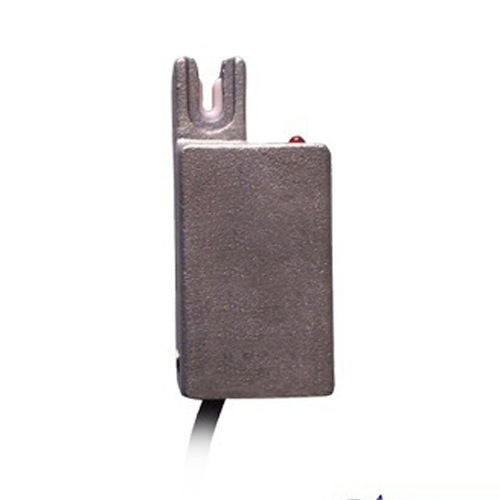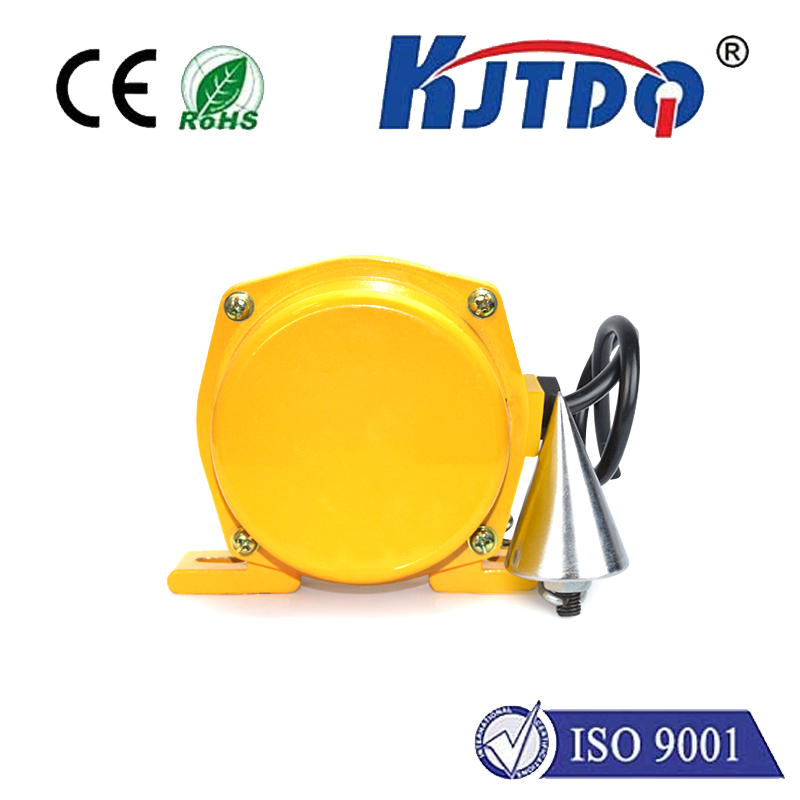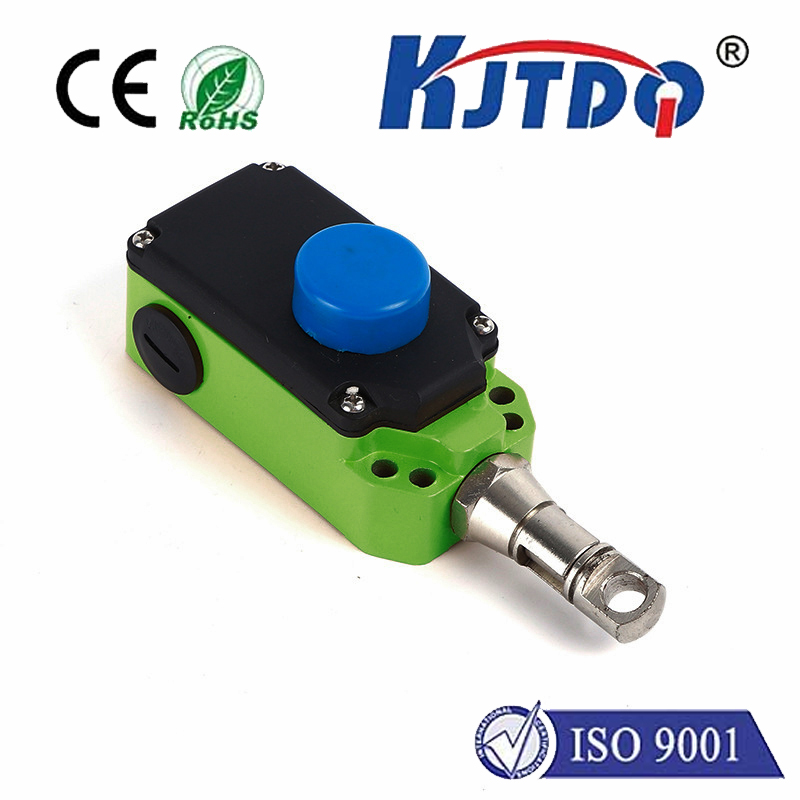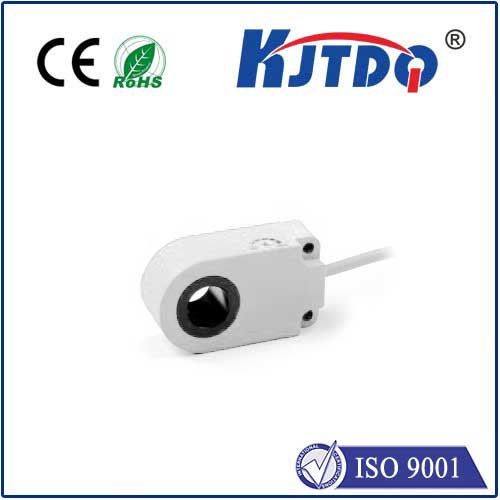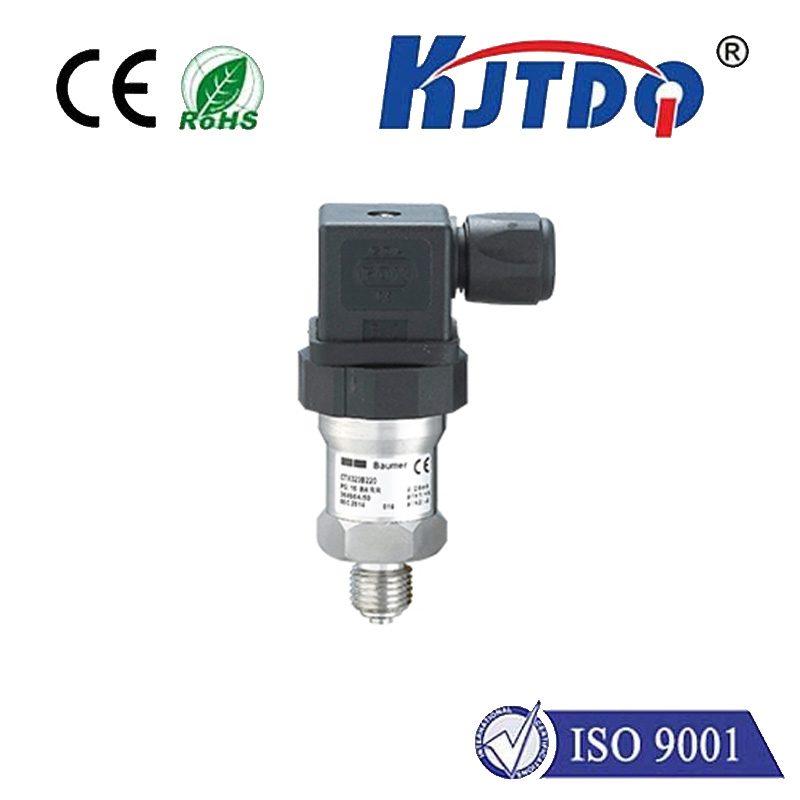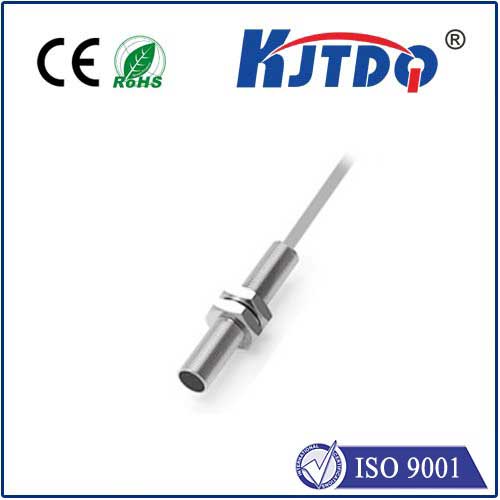

check

check

check

check

check

check

check

check

check

check
Title: High Temperature Inductive Proximity Sensor: Revolutionizing Temperature Monitoring
Introduction
High temperature inductive proximity sensor is a cutting-edge technology that has transformed the field of temperature monitoring. This advanced sensor is designed to measure the temperature of surfaces or objects at extremely high temperatures, ranging from 200摄氏度 to 600摄氏度. In this article, we will explore the working principle, applications, and advantages of high temperature inductive proximity sensors.
Working Principle
High temperature inductive proximity sensors operate on the principle of induction. They consist of two coils of wire, one with a current running through it and another without. When the second coil is brought close to the first coil, an electromagnetic field is generated. If there is a change in the magnetic field strength between the two coils, it creates a voltage difference across them. This voltage signal is then processed by the sensor to provide accurate temperature readings.
Applications
The high temperature inductive proximity sensor finds various applications in different industries, including:
1. Industrial Process Control: These sensors are used to monitor the temperature of machinery components and ensure they operate within safe limits. They help prevent equipment failures due to overheating, which can lead to costly downtime and repairs.
2. Chemical Processing: High temperature inductive proximity sensors are crucial for controlling the temperatures in chemical plants, where extreme heat can cause hazardous reactions. By accurately measuring and regulating temperature gradients, these sensors ensure optimal processing conditions for chemicals and other materials.
3. Thermal Management in Space Exploration: In space missions, where temperatures can reach extreme levels, the high temperature inductive proximity sensor plays a vital role in maintaining the proper thermal environment for spacecraft and their occupants. It helps monitor temperature variations and ensures stable conditions for experiments and operations.
Advantages of High Temperature Inductive Proximity Sensors
Compared to traditional temperature sensors, high temperature inductive proximity sensors offer several advantages:
1. High Accuracy: These sensors have a high degree of accuracy when it comes to measuring temperatures at high levels. Their ability to detect even small changes in temperature makes them ideal for precise temperature control applications.
2. Simple Design: High temperature inductive proximity sensors have a simple design with fewer components compared to other temperature sensors, which reduces production costs and maintenance requirements.
3. Long Lifespan: Due to their robustness and durability, high temperature inductive proximity sensors have a longer lifespan compared to other sensors, making them more cost-effective in the long run.
Conclusion
In conclusion, high temperature inductive proximity sensors have revolutionized temperature monitoring by providing accurate and reliable measurements at extremely high temperatures. With their numerous applications in various industries and their advantages over traditional sensors, these sensors have become indispensable tools for ensuring optimal operating conditions in challenging environments. As technology continues to advance, we can expect even more exciting developments in the field of high temperature inductive proximity sensors.
